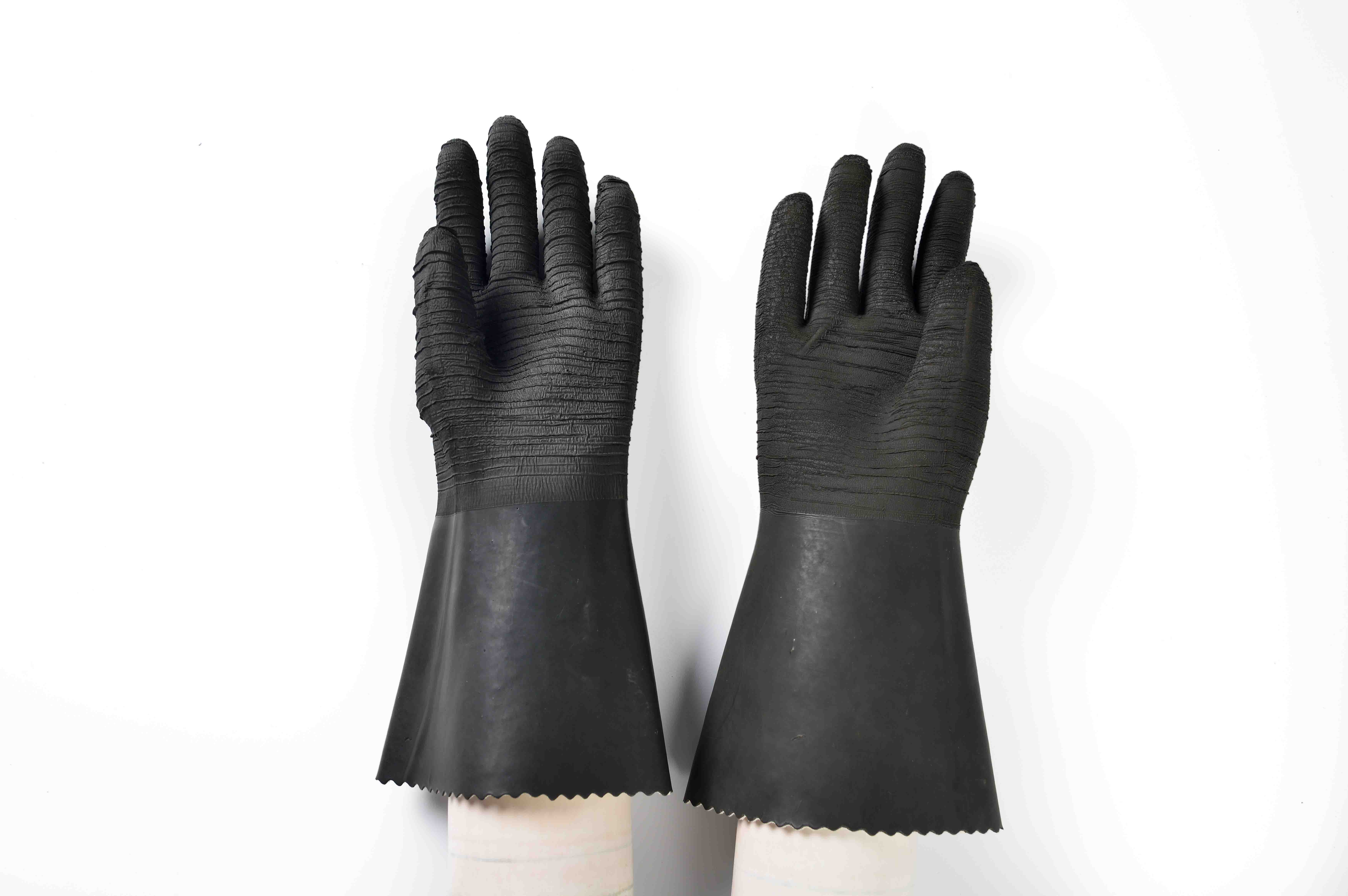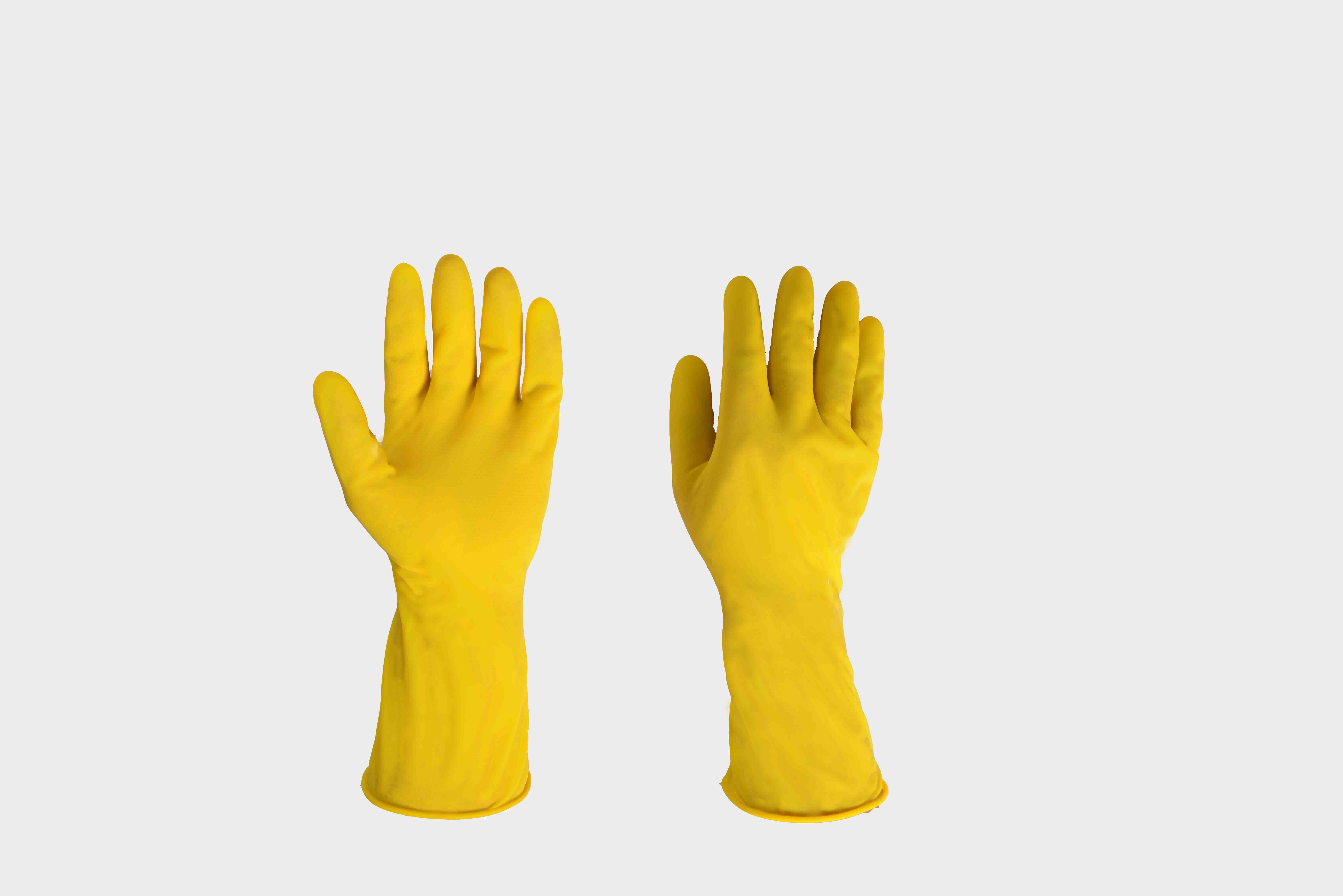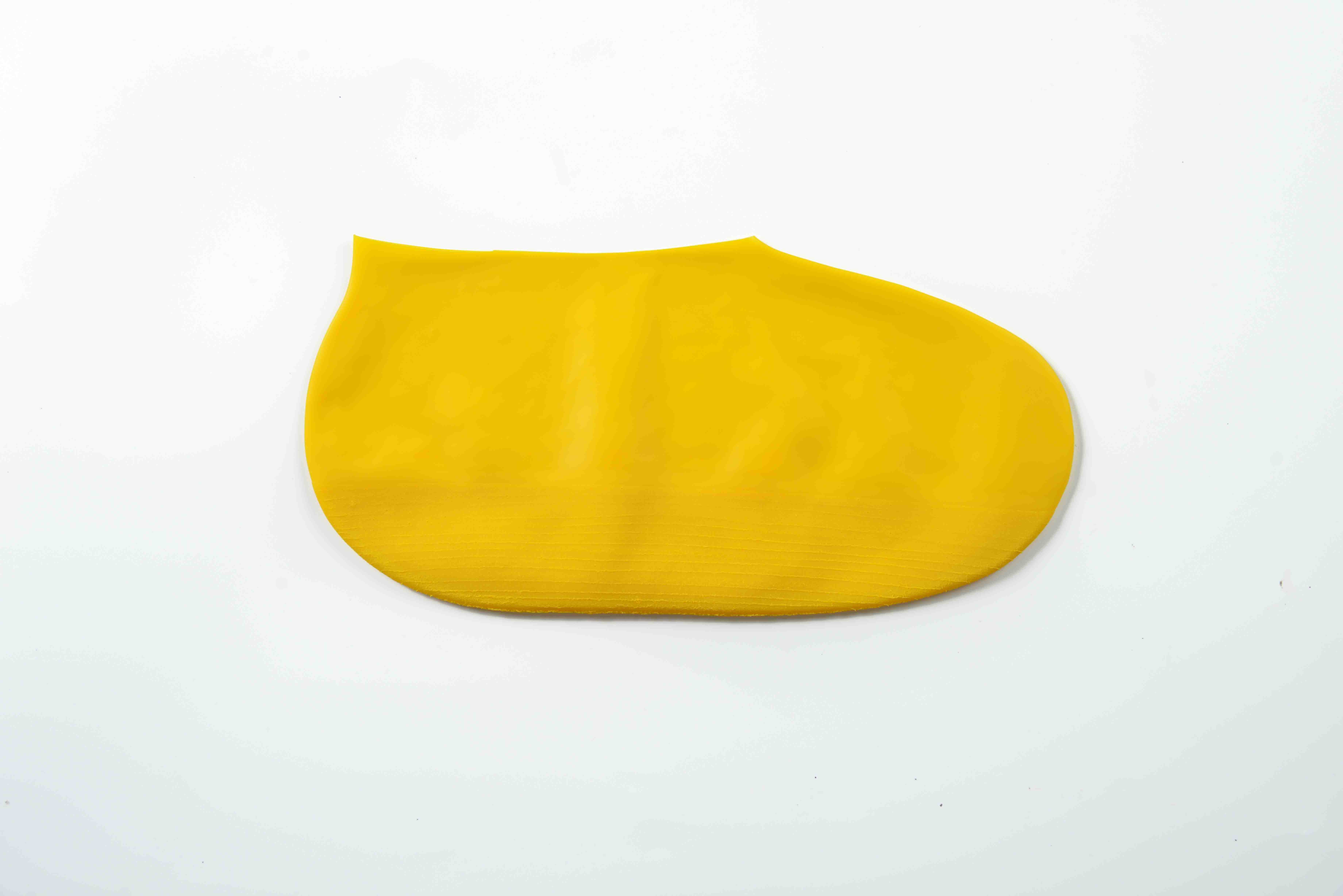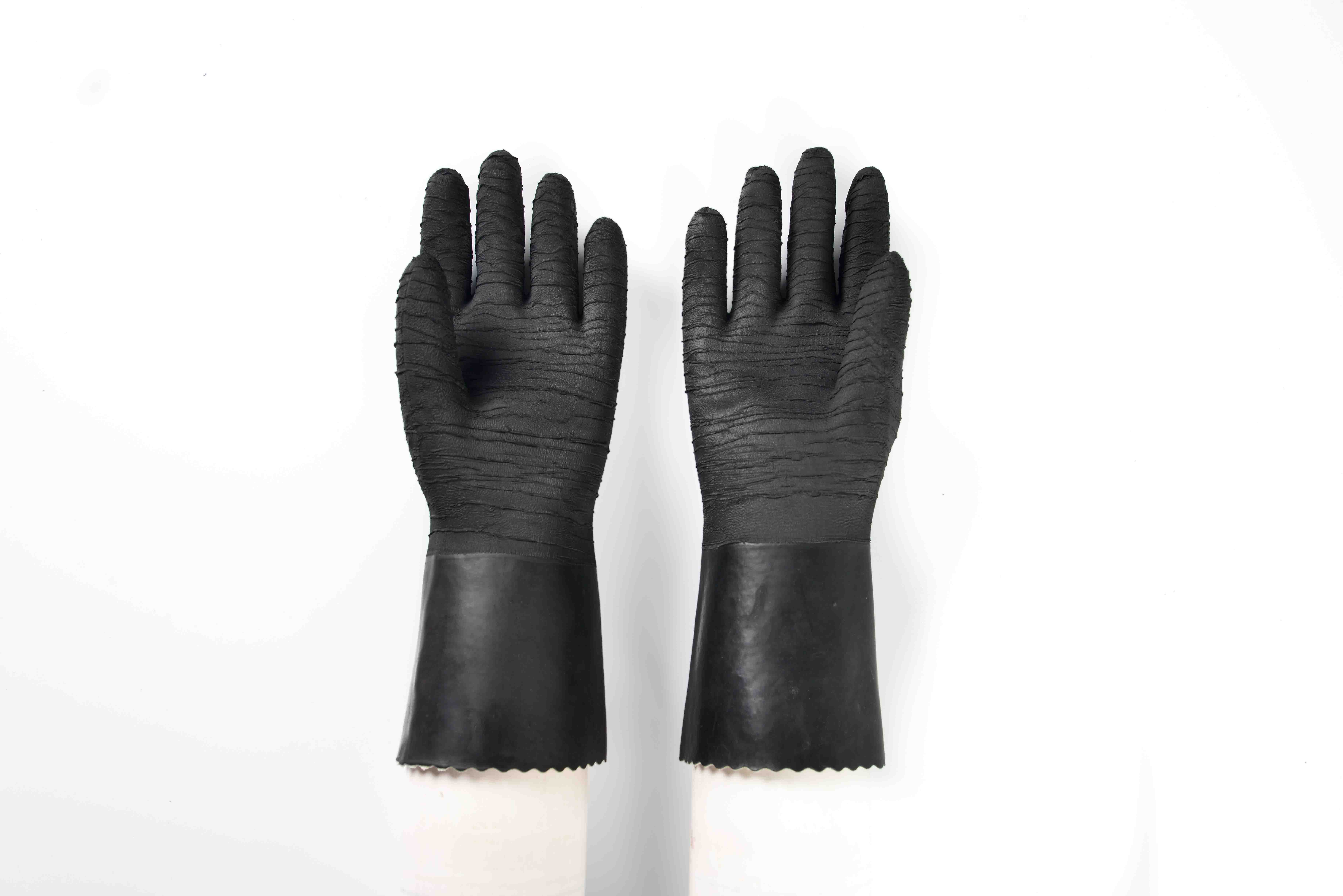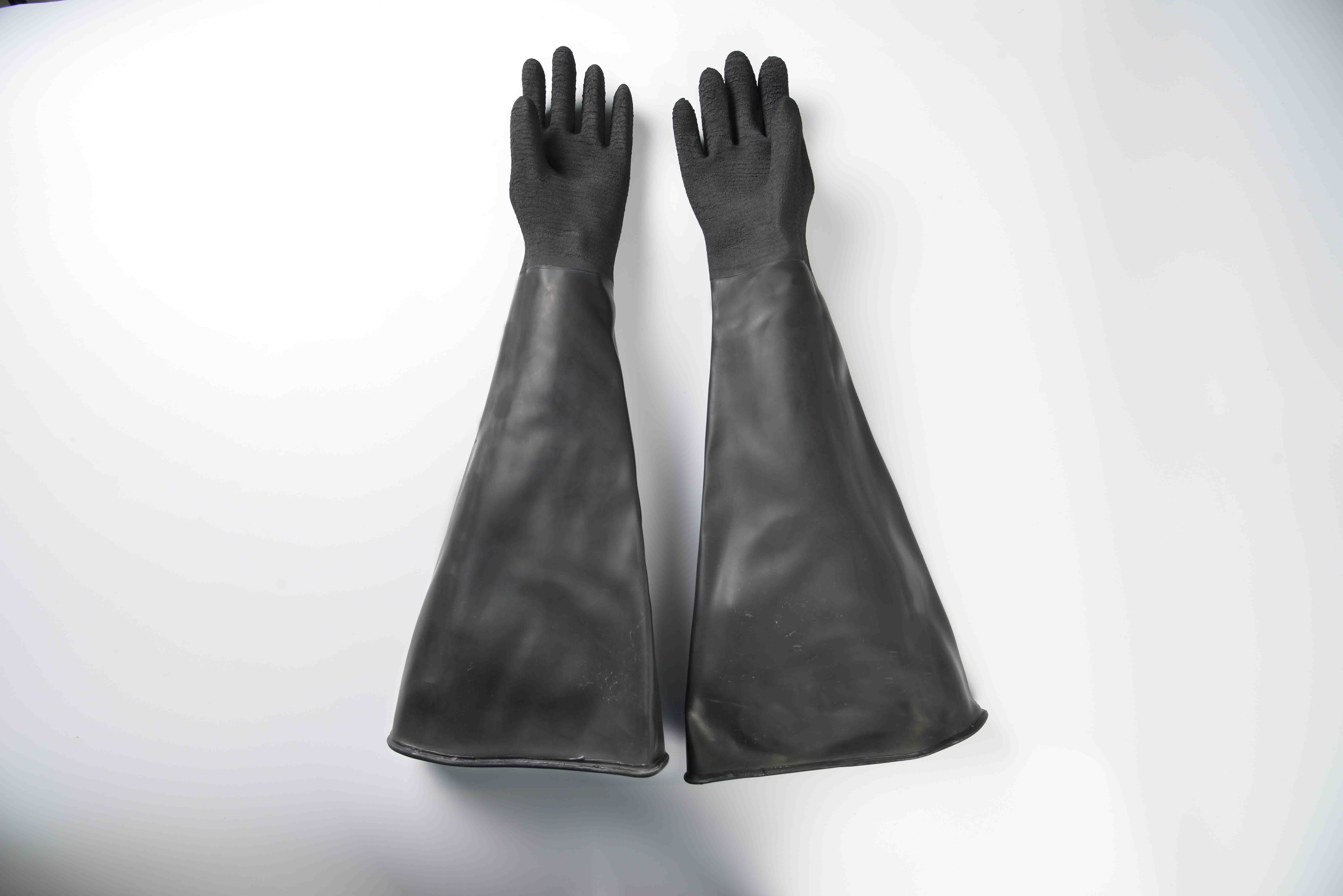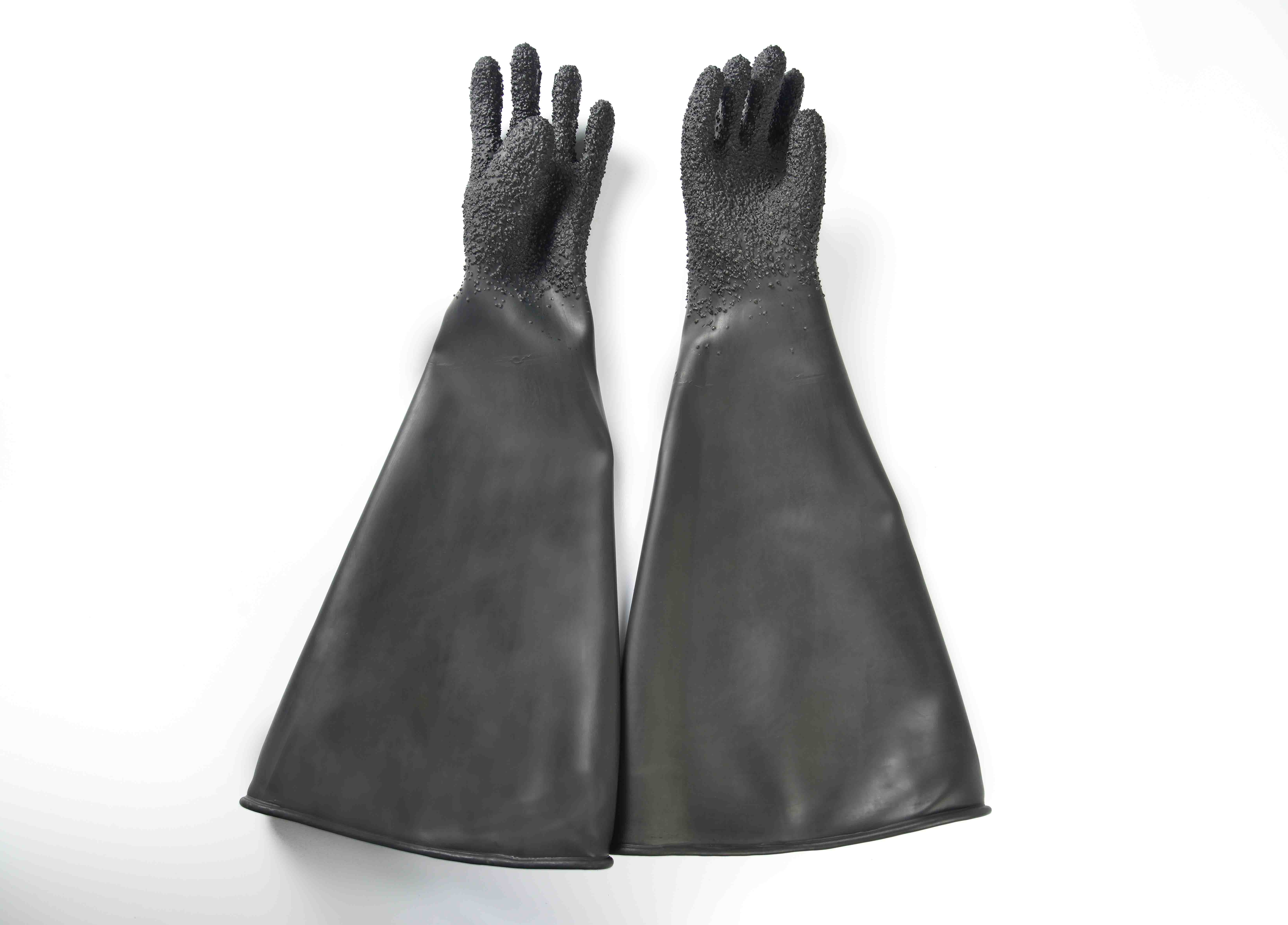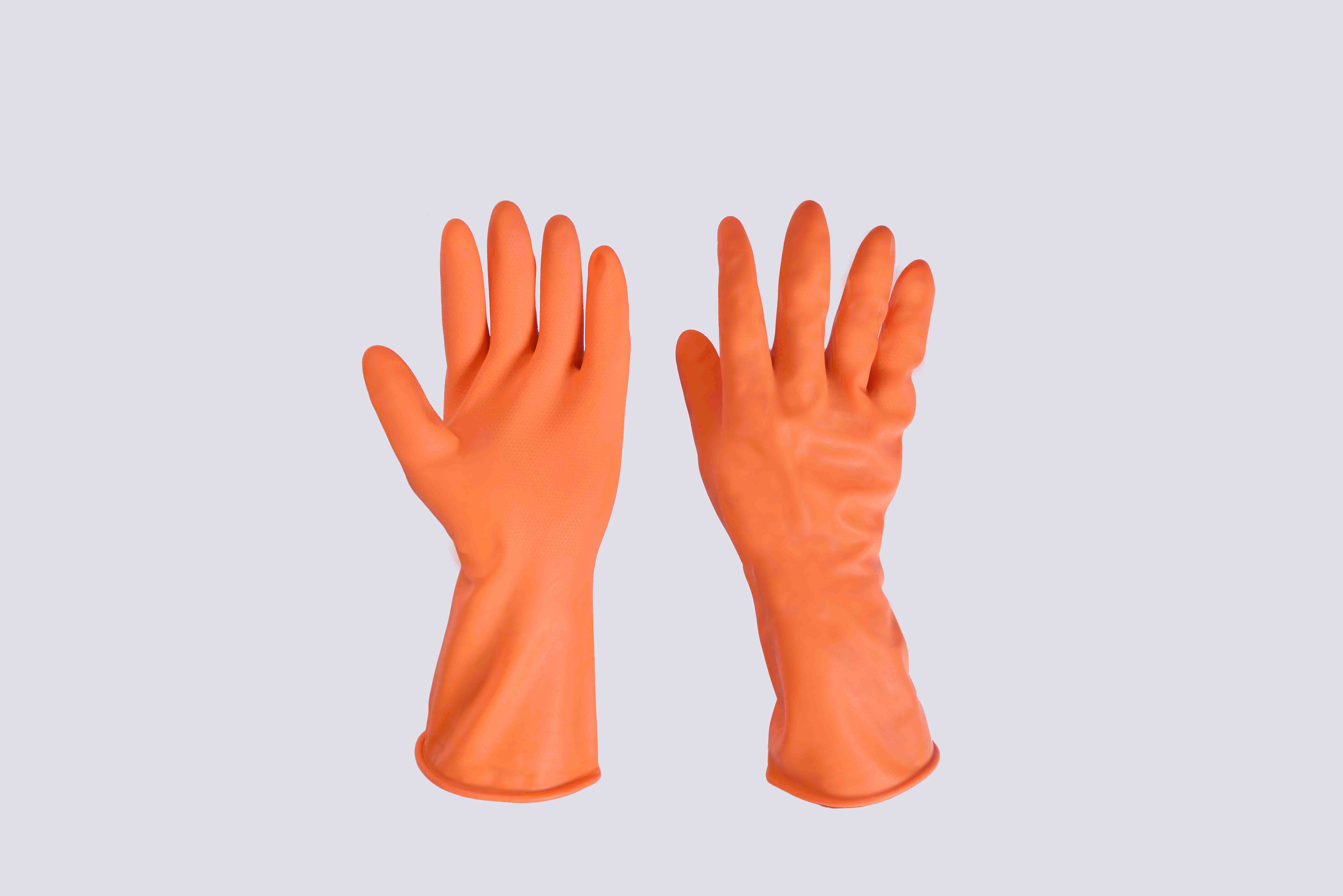Wholesale 100% Original 14″ rubber glove with cotton linning-rough finish sale to South Korea
Short Description:
Heavy duty rubber glove, made of 100% natural latex. 14″ length(36cm), rough finish, seamless, cotton lining, left/right hand, 330g/pair, 100pairs/case. Water proof, anti acid and alkali. Using for Isolater, dry box, blast cabinet, glove box, etc.
Product Detail
FAQ
Product Tags
"Quality first, Honesty as base, Sincere service and mutual profit" is our idea, in order to develop continuously and pursue the excellence. Wholesale 100% Original 14″ rubber glove with cotton linning-rough finish sale to South Korea, If you are interested in our products, please feel free to send us your inquiry. We sincerely hope to establish win-win business relationships with you.
Heavy duty rubber glove, made of 100% natural latex.
14″ length(36cm), rough finish, seamless, cotton lining, left/right hand, 330g/pair, 100pairs/case.
Water proof, anti acid and alkali. Using for Isolater, dry box, blast cabinet, glove box, etc.
FAQ Content
Sandblasting Gloves made of natural rubber with cotton knitted liner, length: 82cm, Size 10.
E-mail: sales@kangfeides.com
Nano-Metre Industrial Limited
The Top 3 PPE supplier in China

